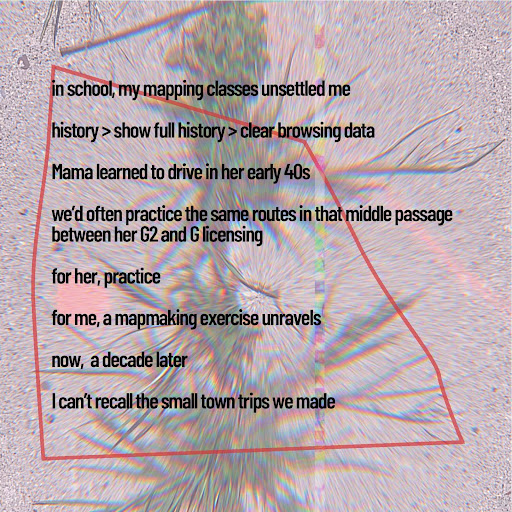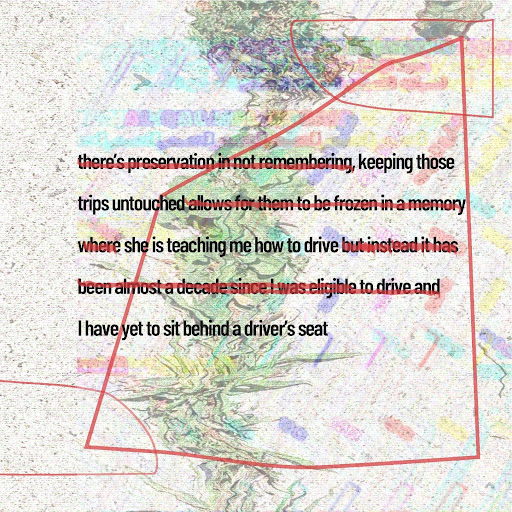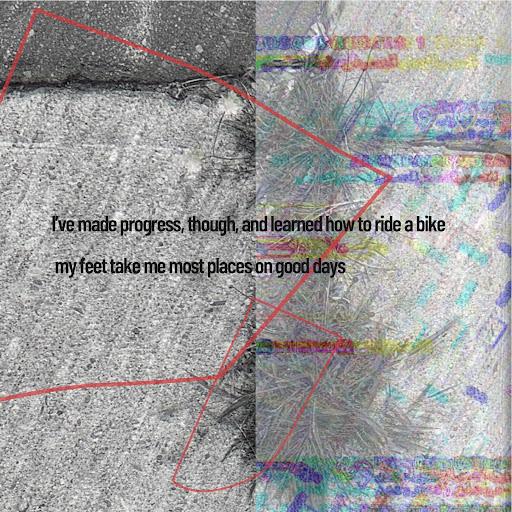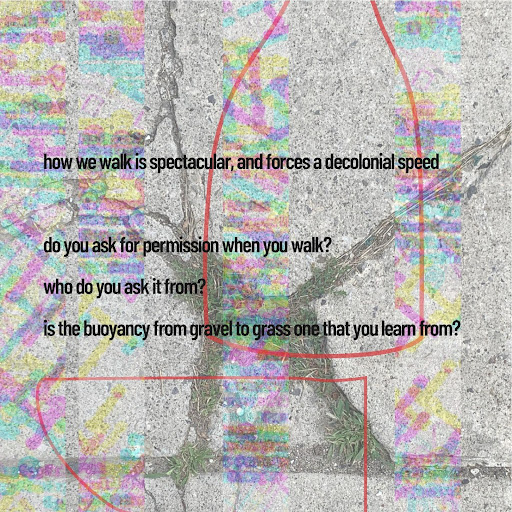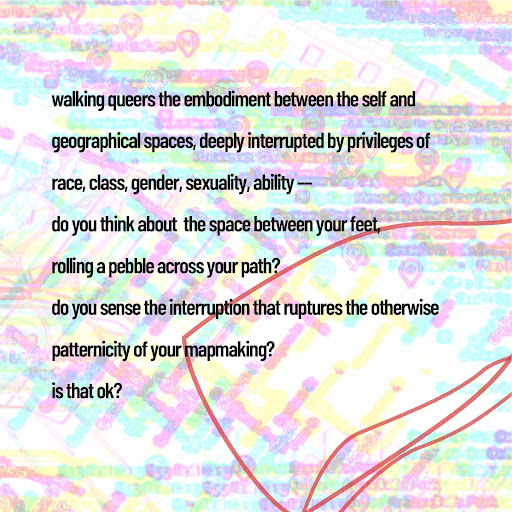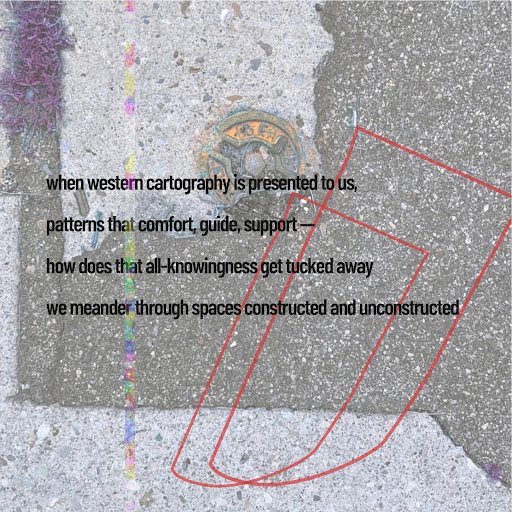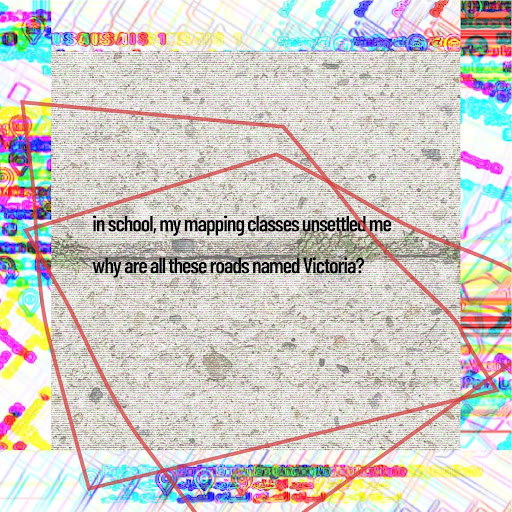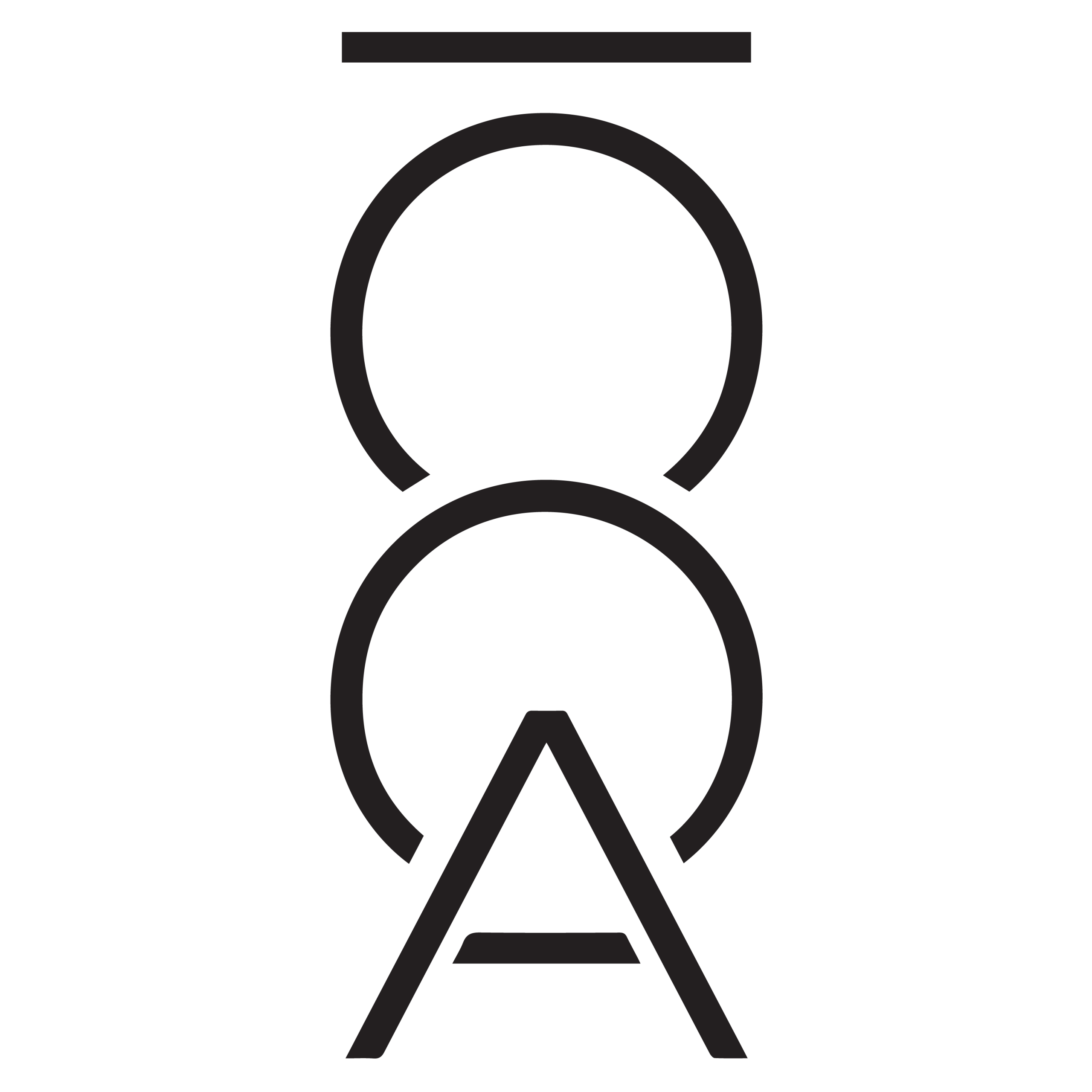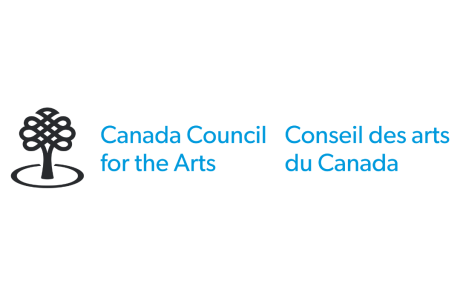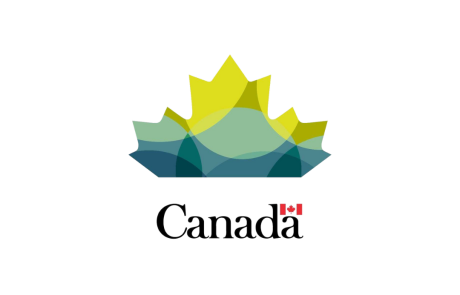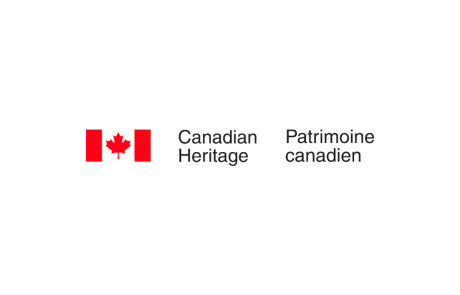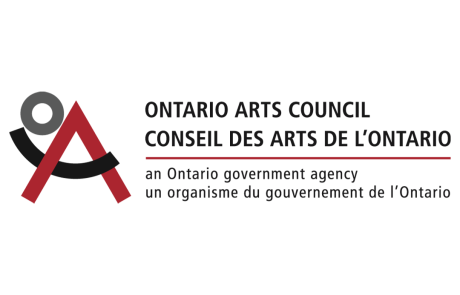Why Are All These Roads Named Victoria
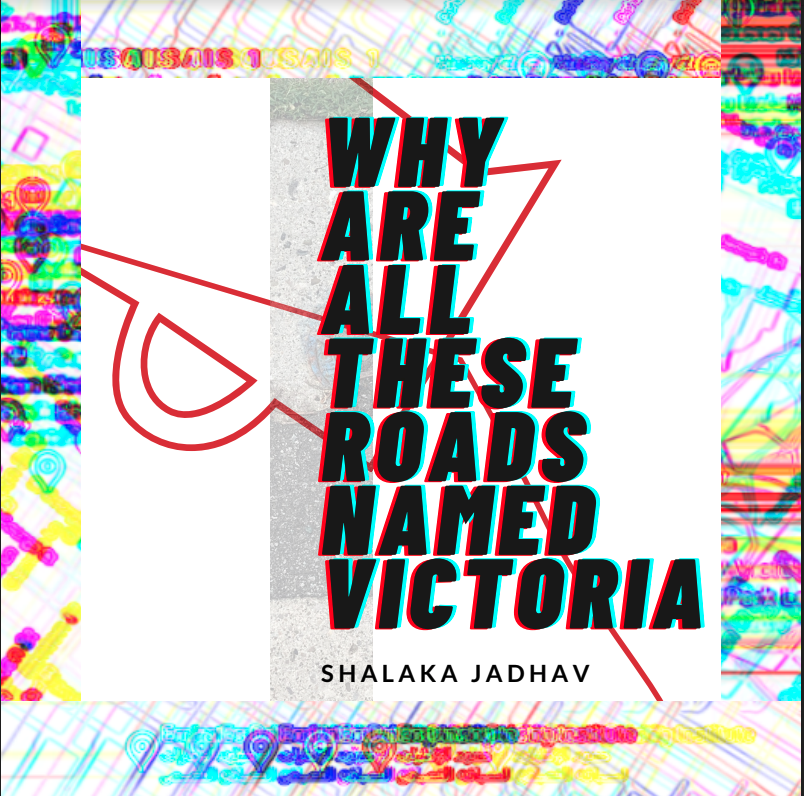
Part of the ACC/CCA’s Knowledge Within Us digital publication.
in school, my mapping classes unsettled me
history > show full history > clear browsing data
Mama learned to drive in her early 40s
we’d often practice the same routes in that middle passage between her G2 and G licensing
for her, practice
for me, a mapmaking exercise unravels
now, a decade later
I can’t recall the small town trips we made
there’s preservation in not remembering, keeping those
trips untouched allows for them to be frozen in a memory
where she is teaching me how to drive but instead it has
been almost a decade since I was eligible to drive and
I have yet to sit behind a driver’s seat
I’ve made progress, though, and learned how to ride a bike
my feet take me most places on good days
how we walk is spectacular, and forces a decolonial speed
do you ask for permission when you walk?
who do you ask it from?
is the buoyancy from gravel to grass one that you learn from?
walking queers the embodiment between the self and
geographical spaces, deeply interrupted by privileges of
race, class, gender, sexuality, ability ––
do you think about the space between your feet,
rolling a pebble across your path?
do you sense the interruption that ruptures the otherwise
patternicity of your mapmaking?
is that ok?
when western cartography is presented to us,
patterns that comfort, guide, support ––
how does that all-knowingness get tucked away
we meander through spaces constructed and unconstructed
in school, my mapping classes unsettled me
why are all these roads named Victoria?
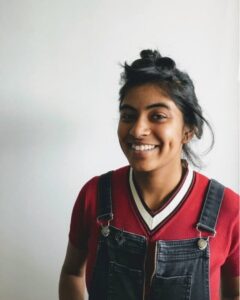 Shalaka Jadhav spent her childhood between cities in India, and in Dubai, before moving to the Greater Toronto Area. As a twice-over immigrant, Shalaka is interested in pursuing questions around value relating to power and authority.
Shalaka Jadhav spent her childhood between cities in India, and in Dubai, before moving to the Greater Toronto Area. As a twice-over immigrant, Shalaka is interested in pursuing questions around value relating to power and authority.
In the past year, she worked in an editorial role to launch the inaugural issue of Textile, a magazine focused on uplifting and prioritizing underrepresented voices along a portion of the Haldimand Tract (Waterloo Region), during which she developed and executed workshops for equity-seeking youth. Currently, she is working with Textile to support a series of talking circles for urban Indigenous youth on themes of space under the support of Pins and Needles Fabric Company. Shalaka is interested in how arts-based methodologies can provoke new collaborations and insights, and has worked with elders from Saddle Lake Cree Nation and graduate students at the University of Alberta to produce an augmented reality installation that prioritized Indigenous approaches to knowledge and storytelling.
She has also co-produced a museum exhibit evaluating decent work and migrant worker justice as part of an interdisciplinary design team, and worked in the urban planning departments for several municipal governments. She has performed work at the 2019 Common Waters festival.
Trained as an urban planner, she hopes to follow the advice of aptitude tests to pursue curatorial studies. She’ll likely point out the names of “weeds” as you walk together, enjoys studying the menus of local restaurants for fun, and always orders dessert.

